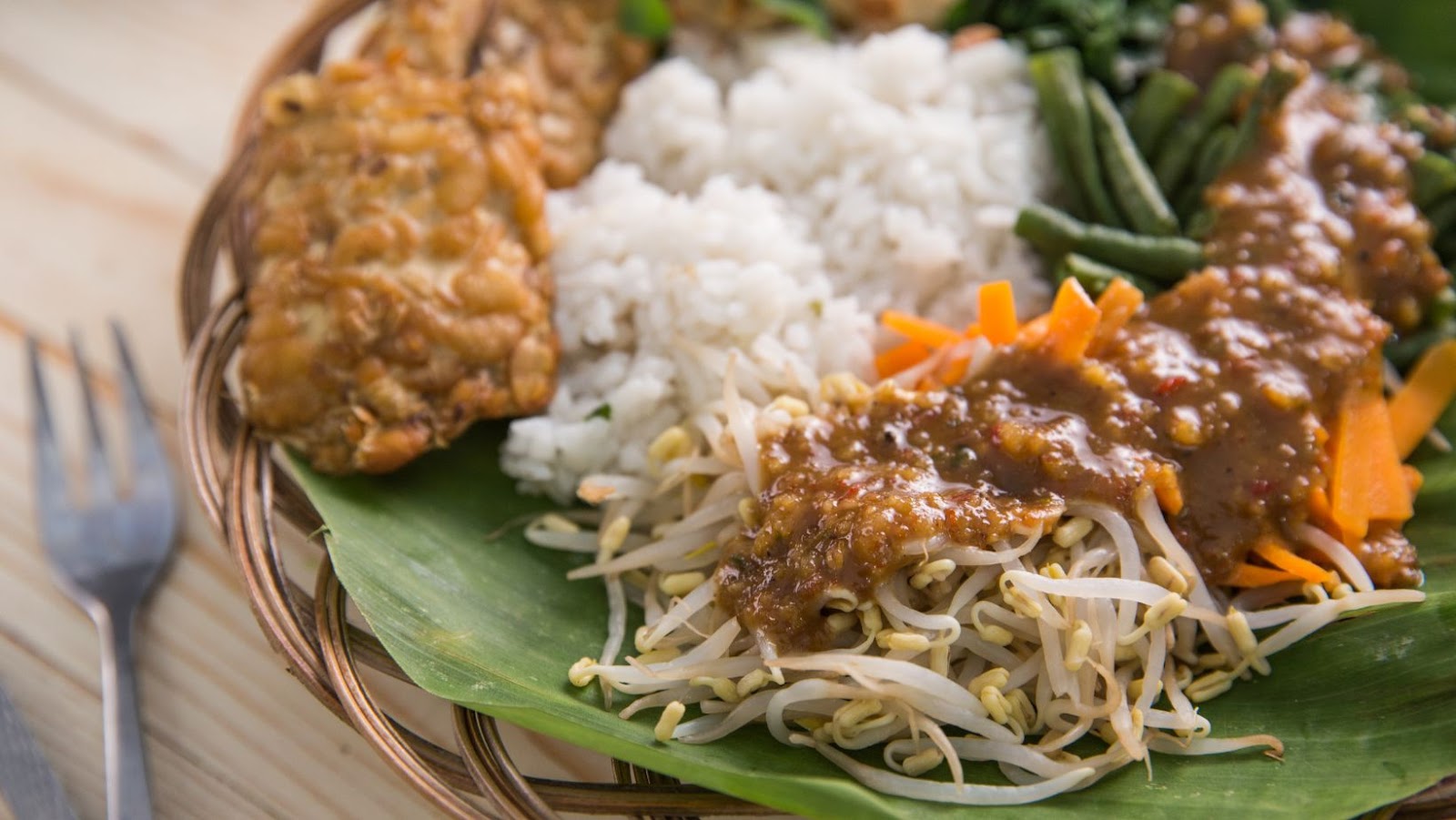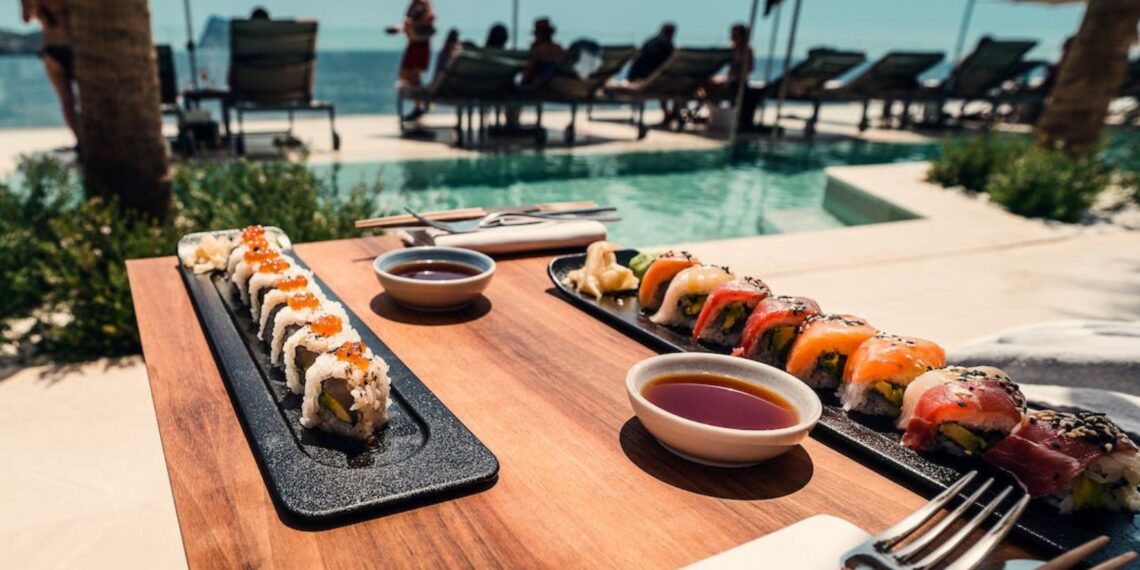Some foods are universal; however, many tribes and regions around the world have indigenous foods that are worth discovering. Culinary tourism is a fascinating way to discover and appreciate food and drinks that reflect a place’s heritage, history, and culture.
Have you always wanted to visit a specific place primarily to experience their local cuisines but don’t know where to begin? If this sounds like you, read on! This guide outlines some things you need to consider while planning your trip.
What is a Culinary Trip?
Food travel is the act of traveling to experience your destination’s local cuisines. Enjoying good food has always been associated with leisure. However, on a culinary trip, the culinary experience is the primary reason for picking a destination and the mode of exploration.
Planning a Culinary Trip

Do you want to discover how to make your upcoming food trip experience memorable? Below are some things to consider in your planning:
Choose a Destination
Choosing a destination for your culinary trip might be incredibly challenging, with many alternatives available. You can check the internet for various food travel destinations if you don’t already have one.
Then, you should decide if you want to stay in the major cities or venture and see the countryside. Both offer a wide range of advantages. Next, consider additional activities you can do in the locations you want to visit. For example, you can combine a culinary vacation with yoga, a safari, surfing, or cultural trips. Finally, you should choose the ideal dining location to satisfy your soul, depending on your preferences and budget. We recommend hotels in Scottsdale as Arizona is known for Navajo, Sonoran hot dogs and Apache trout.
What foods will you try?
Once you have a destination, search on google for local food bloggers in that city or region to see what trending restaurants they recommend on their Instagram or blog. You can also ask for specific recommendations by posting a few questions on social media. However, for security reasons, do not share too much information about your travel or exact location and only visit public places.
You can start making a list of the delicacies and flavors you wish to try. When you get there, you’ll probably discover many flavors, recipes, and ingredients that weren’t on your list. Keep a travel journal that lists what you wish to see and do. Also, please write down the recipes you discover on your trip so you can make them later at home.
Have a budget
This step should probably come first in your planning. You should have a certain amount or range of what you want to spend on your trip. Your budget should cover everything, from your location to your destination. If you are traveling alone to the airport, you should also include airport parking fees in your budget.
Parking your vehicle on-site at the airport would be a heavy expense, especially if you are going for as long as two weeks or more. However, you can go to parkos.com or other similar sites where you can check for and book cheaper airport parking stations in your region.

Schedule your journey
A food trip might be challenging to schedule. The plan could be derailed by delays, overbooked eateries, and other unanticipated events. As a result, you should make as many plans as possible while being open to unforeseen events.
Plan by booking lodging, making reservations in advance (where possible), figuring out travel times, and taking other activities into account, such as looking for the best online pokies in Australia for real money.
Understand the local culture
Food travel entails much more than simply trying exciting cuisines. A food trip creates the opportunity to interact with people from various cultural backgrounds. And also in bringing them together and creating a solid foundation for love and friendship. Every destination has distinctive meals and flavors that teach you more about their way of life and culture.
Conclusion
On a trip like this, you can learn a lot. And also, meet people who have perspectives that are different from your own, observe other ways of life, and promote the preservation of culture and customs.
All these can be possible by sitting at a table with locals, hearing their tales, and discussing common cuisine.














